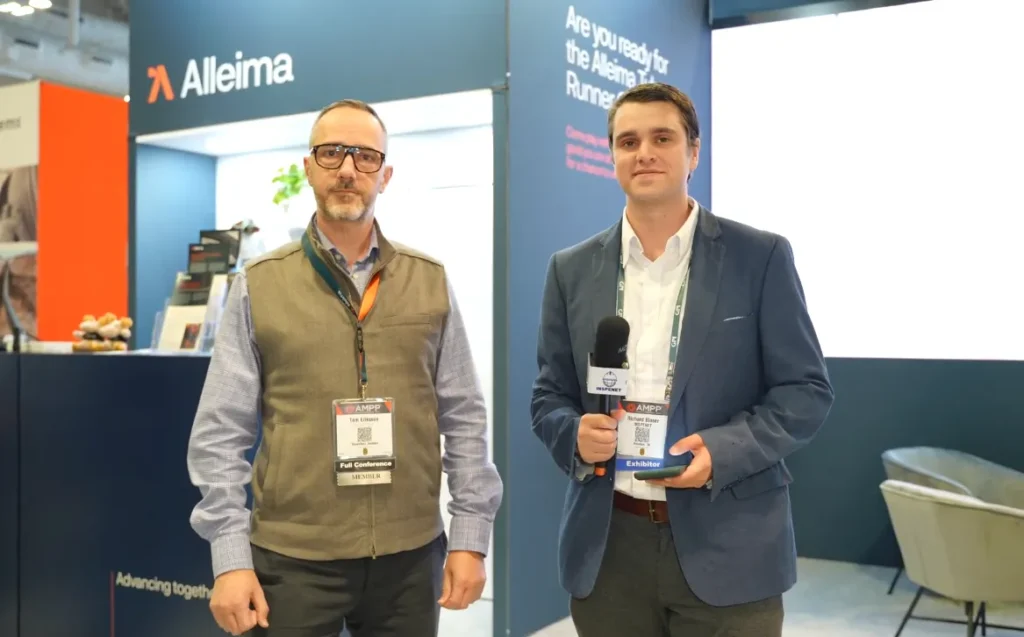Corrosion resistant alloys (CRA) are engineered materials designed to withstand aggressive environments where traditional metals fail, and they are essential in energy, chemical, and industrial sectors, offering superior durability, safety, and cost-efficiency. As industries evolve, the demand for high-performance, sustainable CRA solutions grows.
In a recent conversation with Tom Eriksson, Executive Vice President of Strategic Research at Alleima, it was revealed that the company's direction is to develop corrosion resistant alloys with improved economic performance. Through a smart combination of reducing expensive materials such as nickel, molybdenum, and tungsten and optimizing other elements, Alleima is redefining the balance between efficiency and performance.
One of the most fascinating aspects discussed during the interview was the use of thermodynamic modeling and artificial intelligence at the forefront of their R&D strategy. Using advanced computational material science, they design alloys more precisely, simulating how elements interact and avoiding harmful phases in the metal's microstructure. By reducing expensive elements like nickel, molybdenum, and tungsten while maintaining corrosion resistance and strength, the company achieves both performance and cost-efficiency.
Within this digital framework, Alleima Guru stands out, an AI tool powered by more than 60,000 technical reports generated over the past 60 years. This knowledge engine allows engineers to extract deep insights, predict behavior of new alloy compositions, and avoid detrimental phases in materials before physical testing even begins. According to Eriksson, it's like having an expert engineer who knows the company's entire research history.
Alleima’s CRA products are used in demanding environments such as:
These solutions are vital to ensuring long-term durability, reduced maintenance costs, and operational safety.
The company combines technological excellence with environmental responsibility, with a design philosophy that includes:
This positions Alleima as a key enabler of sustainability goals, especially in industries pursuing carbon neutrality.
Their R&D teams collaborate directly with customers and research institutions to co-develop alloy solutions tailored to evolving industrial challenges. Although specific names were not shared due to NDAs (Non-Disclosure Agreements), the company actively engages in confidential projects that push the frontiers of corrosion resistance, manufacturability, and performance.
We constantly work with customers with institutes to stay in the forefront of technology and R&D definitely.
Tom Eriksson.

For Alleima, events like the AMPP Annual Conference & Expo play a crucial role in the future of corrosion resistant alloys. Tom Eriksson emphasized that this platform provides the ideal environment for connecting applied science, academia, and industry. It also fosters dialogue, innovation, and direct interaction with potential users of CRA technologies, helping to accelerate product development and adoption in the field.
Although Eriksson's team isn't directly involved in production, they also addressed the company's environmental goals. The company aims to achieve carbon neutrality by 2030, and much of the impact of its innovations lies in how they contribute to making its customers' processes more sustainable.
Alleima exemplifies the future of CRA development, where deep material science meets artificial intelligence. By leveraging data, modeling, and a vision for sustainability, they are not only producing stronger, longer-lasting alloys but also contributing to a cleaner, more efficient industrial future.
For more AMPP 2025 content, visit our YouTube channel and LinkedIn profile.
Source: Inspenet.